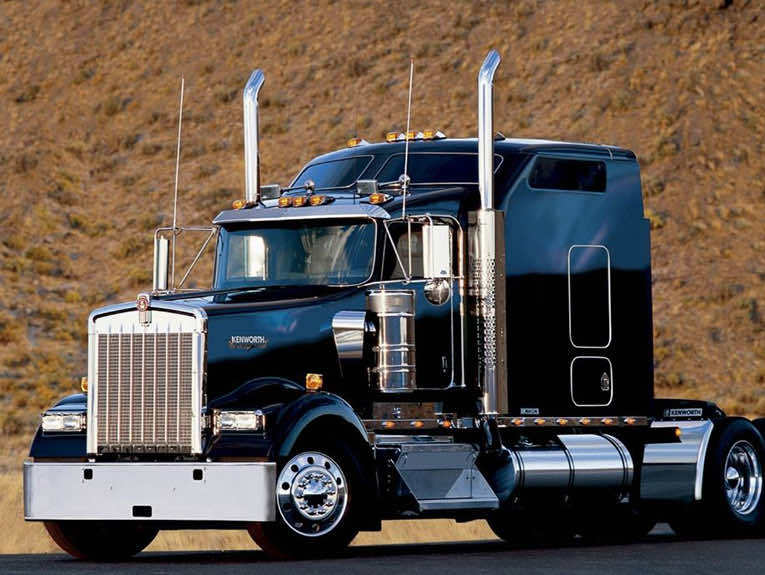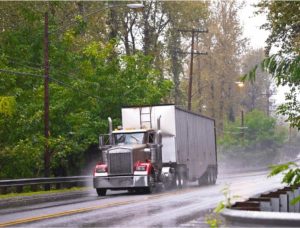
Truck Orders: Fulfilling the Demand
Explaining why Trucking has Surged, The Future
This January, truck orders exploded to the highest they’ve been since 2006. The trucking industry is making strong moves to prepare itself for higher demand. Fleets have been ordering trucks and trailers since January to get the capacity needed to fulfill the shipping demands. FTR reported at the beginning of April that 133,900 heavy-duty trucks were ordered in 2018’s first quarter. ACT Research, another transportation analysis group, said at the beginning of April that orders for Class 8 trucks were more than double last year’s orders.
Explaining the Surge
The restrictions brought on by the latest ELD mandate and the tight truck market in recent months have brought on the demand for new trucks and trailers. The last time the industry saw this kind of movement was in 2014. These numbers indicate that the market will be tested, but there is a strong belief that freight movement will hold strong for the rest of 2018. Carriers are also seeing the pressure build as they try to compensate with more demand than drivers. Many fleets use the drop and hook method to give trucks more trailers to manage demand. For trailer manufacturers, the biggest struggle is the demand for materials and keeping trailers in production.
The Future of Trucking
As 2018 continues and pushes through Quarter 2, manufacturers predict that orders will remain strong, and they are hopeful that the trends will continue into 2019. This surge in new truck orders and trailers means that new models of trucks are being moved into service to help with tight capacity, and they are needed. Trucks are being booked weeks in advance due to the full capacity market – new drivers are needed more than ever. As domestic production grows and the spring retail and produce seasons hit full swing, carriers need additional drivers to meet demand, not to mention take on any expansion in volume.



